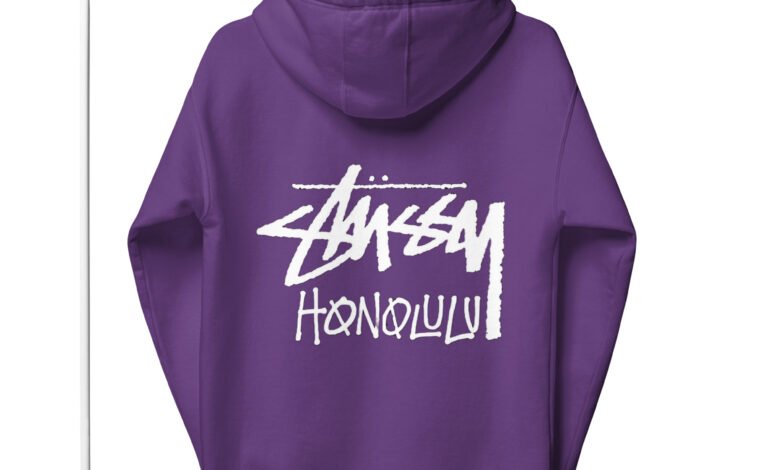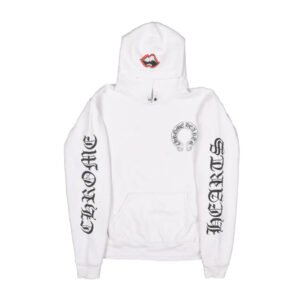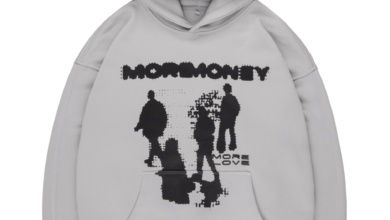
Fashion in Different Ways with Different Styles. Fashion is an ever-evolving domain, reflecting not only individual personalities but also the cultural, social, and economic contexts of different regions. The global landscape of fashion is as diverse as the people who https://thestussyhoodie.com/ inhabit it. From the minimalist elegance of Scandinavian design to the vibrant colours of African prints, fashion offers a kaleidoscope of styles that cater to various tastes, occasions, and climates. In this article, we will delve into the myriad ways fashion is expressed around the world, exploring the distinct styles that define different regions and how they have influenced global trends.
The Influence of Cultural Heritage on Fashion
Cultural heritage plays a significant role in shaping fashion. Traditional attire often serves as a canvas where history, beliefs, and social norms are depicted. Fashion in Different Ways with Different Styles. For instance, in India, the sari is not just a garment but a symbol of grace and tradition, with different regions showcasing unique weaving techniques, fabrics, and designs. Similarly, the kimono in Japan is a classic example of how fashion can embody cultural identity. The intricate patterns and meticulous craftsmanship involved in creating a kimono reflect the rich cultural history of Japan. Fashion in Different Ways with Different Styles.
In African nations, traditional attire such as the dashiki or kente cloth is deeply rooted in the continent’s cultural and historical narratives. The bold colours and patterns are often used to signify status, tribe, or even particular events. These garments are not just fashion statements; they are expressions of identity and pride.
Modern Interpretations of Traditional Fashion
While traditional fashion remains a significant part of cultural identity, modern interpretations have emerged, blending the old with the new. Designers across the globe are increasingly incorporating traditional elements into contemporary fashion, creating a fusion that https://chromeheartsclothings.net/ appeals to both local and international audiences.

In recent years, we have seen a rise in the popularity of fusion wear. For example, in India, designers have started incorporating traditional embroidery techniques like zardozi and kantha into modern silhouettes, making them more accessible to younger generations. Similarly, African prints have found their way into Western fashion, with designers like Stella Jean and Ozwald Boateng integrating these vibrant patterns into their collections.
The Role of Climate in Fashion Choices
Climate is another critical factor influencing fashion. In colder regions such as Scandinavia, layering is a common fashion technique, not only for practical reasons but also as a style statement. The Scandinavian fashion ethos revolves around simplicity, functionality, and sustainability, often characterised by neutral colours, clean lines, and high-quality fabrics.
On the other hand, in tropical regions, lightweight fabrics such as cotton, linen, and silk are preferred to combat the heat. In these areas, fashion tends to be more vibrant and colourful, reflecting the natural surroundings. For instance, the Caribbean is known for its bold and bright colours, often seen in floral prints and tropical patterns that mirror the island lifestyle.
Street Style: A Global Phenomenon
Street style has become a global phenomenon, transcending cultural and geographical boundaries. Originating from the streets of major cities like New York, Tokyo, and London, street style is a reflection of urban culture and often serves as a breeding ground for new trends. Fashion in Different Ways with Different Styles.
In Tokyo, Harajuku fashion is a prime example of how street style can influence mainstream fashion. Known for its eclectic mix of punk, goth, and kawaii (cute) styles, Harajuku fashion has gained international recognition, influencing designers and fashion enthusiasts alike. In contrast, New York’s street style is often associated with a more casual, urban vibe, with an emphasis on comfort and practicality. The rise of athleisure as a dominant trend in recent years can be traced back to the streets of New York, where blending sportswear with everyday attire became a popular style.
The Impact of Globalisation on Fashion
Globalisation has had a profound impact on fashion, making it more accessible and interconnected. The rise of fast fashion has allowed trends to spread rapidly across the globe, making it possible for someone in South America to wear the same style as someone in Europe or Asia. However, this has also led to a homogenisation of fashion, where local styles are often overshadowed by global trends.
Despite this, there has been a growing movement towards sustainable fashion and a renewed interest in preserving local crafts and traditions. Many designers are now focusing on creating ethical and sustainable collections that celebrate local craftsmanship and materials. This not only supports local communities but also adds a unique touch to the garments, making them stand out in a market saturated with mass-produced clothing.
Sustainability: The Future of Fashion
As the fashion industry continues to evolve, sustainability has become a crucial consideration for both designers and consumers. The environmental impact of fashion, particularly fast fashion, has led to a shift towards more sustainable practices. Eco-friendly materials, ethical production methods, and slow fashion are now at the forefront of the industry’s transformation.
Fashion in Different Ways with Different Styles. Designers are increasingly using organic cotton, recycled materials, and natural dyes in their collections. The concept of upcycling has also gained traction, where old garments are transformed into new pieces, reducing waste and promoting creativity. Fashion in Different Ways with Different Styles.



